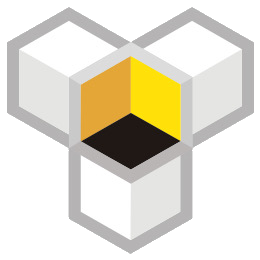Enterprise Multilingual Website Cluster System Key Technologies
Multilingual Management
One of the key technologies of the enterprise multilingual website system is multilingual management. The system needs to support the management of multilingual content, including functions such as inputting, editing, and updating multilingual texts. To achieve this, the system needs to have a powerful multilingual database and management interface.
Multilingual Switching
Another key technology is the multilingual switching function. Users can switch the language of website content according to their language preferences. This is generally achieved by recognizing the user's language settings or manually selecting the language.
Content Localization
For users of different languages, the system needs to localize website content, including translation, adapting to cultural habits, etc., to ensure that users have a good experience on different language versions of the website.
Website Architecture Design
The system needs to adopt a flexible website architecture design to support the expansion and management of multilingual sites. Common methods include subdomains, subdirectories, or parameterized URLs.
Multilingual SEO Optimization
The system needs to consider issues related to Search Engine Optimization (SEO) to ensure that websites in different languages can be correctly indexed by search engines and shown to users in the corresponding language.
Automatic Translation and Human Proofreading
To improve the efficiency of updating multilingual content, the system can integrate automatic translation tools to automatically translate the original language content into other languages and provide human proofreading functions to ensure translation quality.
In summary, an enterprise's multilingual website cluster system needs to comprehensively utilize a variety of key technologies to achieve functions such as multilingual content management, switching, and localization, thereby providing a better website experience for global users.
Website Cluster Management System Technical Architecture
The technical architecture of a website cluster management system typically includes the following aspects:
Front-end Technology:Includes HTML, CSS, JavaScript, etc., used to implement user interfaces and interactive functions.
Back-end Technology:Includes server-side languages and frameworks such as PHP, Java, Python, Ruby, as well as database technologies like MySQL, Oracle, etc., used to implement the core functions of the website cluster management system and data storage.
Network Technology:Includes HTTP, TCP, etc.
Issues with using multiple IP servers
Regarding the use of multiple IP servers for racknerd site clustering, after activation, only the main IP can be pinged, while the supplementary IPs cannot be pinged. This situation may require configuration or operation:
Ensure correct network parameter configuration in the CentOS 7 system, including setting the main IP and supplementary IPs. It may be necessary to check the server's routing table and network interface configuration to ensure that all IPs are correctly bound to the server. You can also try restarting the network service or the server to ensure the configuration takes effect.

